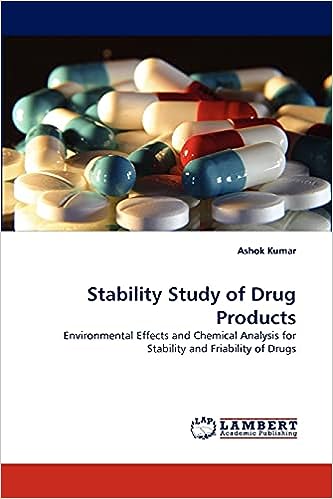Guidelines for Stability Testing of Antiviral Drugs
1) Purpose
The purpose of this SOP is to provide a standardized procedure for conducting stability studies on antiviral drugs. Stability testing is necessary to ensure that antiviral medications retain their potency, safety, and efficacy throughout their shelf life under various storage conditions.
2) Scope
This SOP applies to all antiviral drugs produced, handled, or stored by the organization, including oral, topical, and injectable formulations. It is intended for personnel involved in formulation development, quality control, and regulatory affairs.
3) Responsibilities
Formulation Scientist: Responsible for designing the stability study protocol and selecting appropriate
Quality Control (QC) Team: Responsible for conducting stability tests according to the approved protocol and documenting results.
QA Team: Responsible for reviewing data, ensuring regulatory compliance, and approving the final stability report.
4) Procedure
4.1 Study Design:
- Identify stability-indicating parameters (e.g., potency, purity, dissolution rate, and microbiological activity) relevant to the antiviral formulation.
- Select appropriate analytical methods (e.g., HPLC, LC-MS, microbial assay) to evaluate these parameters.
- Define storage conditions (e.g., room temperature, refrigeration, humidity) based on product characteristics and regulatory guidelines.
- Develop a study protocol outlining the objectives, sampling schedule, and analytical methods to be used.
4.2 Sample Preparation:
- Prepare samples from representative production batches and label them with batch numbers, storage conditions, and sampling time points.
- Store samples in designated stability chambers under specified conditions.
4.3 Testing Schedule:
- Conduct initial testing on all samples to establish baseline data for the selected parameters.
- Perform follow-up testing at predetermined intervals (e.g., 1 month, 3 months, 6 months) to monitor changes in stability over time.
- Document all test results and analyze data for trends or deviations from acceptance criteria.
4.4 Data Analysis and Reporting:
- Analyze data using appropriate statistical methods to determine trends and compliance with acceptance criteria.
- Prepare a stability study report summarizing findings, conclusions, and recommendations for storage and handling conditions.
- Submit the report for QA review and archiving.
5) Abbreviations, if any
QC: Quality Control
QA: Quality Assurance
HPLC: High-Performance Liquid Chromatography
LC-MS: Liquid Chromatography-Mass Spectrometry
6) Documents, if any
Antiviral Stability Protocol: Document detailing the study plan and methodology.
Analytical Data Records: Data sheets for all tests performed.
7) Reference, if any
ICH Q1A(R2): Stability Testing of New Drug Substances and Products
USP <1227>: Validation of Microbial Recovery from Pharmacopeial Articles
8) SOP Version
Version 1.0

